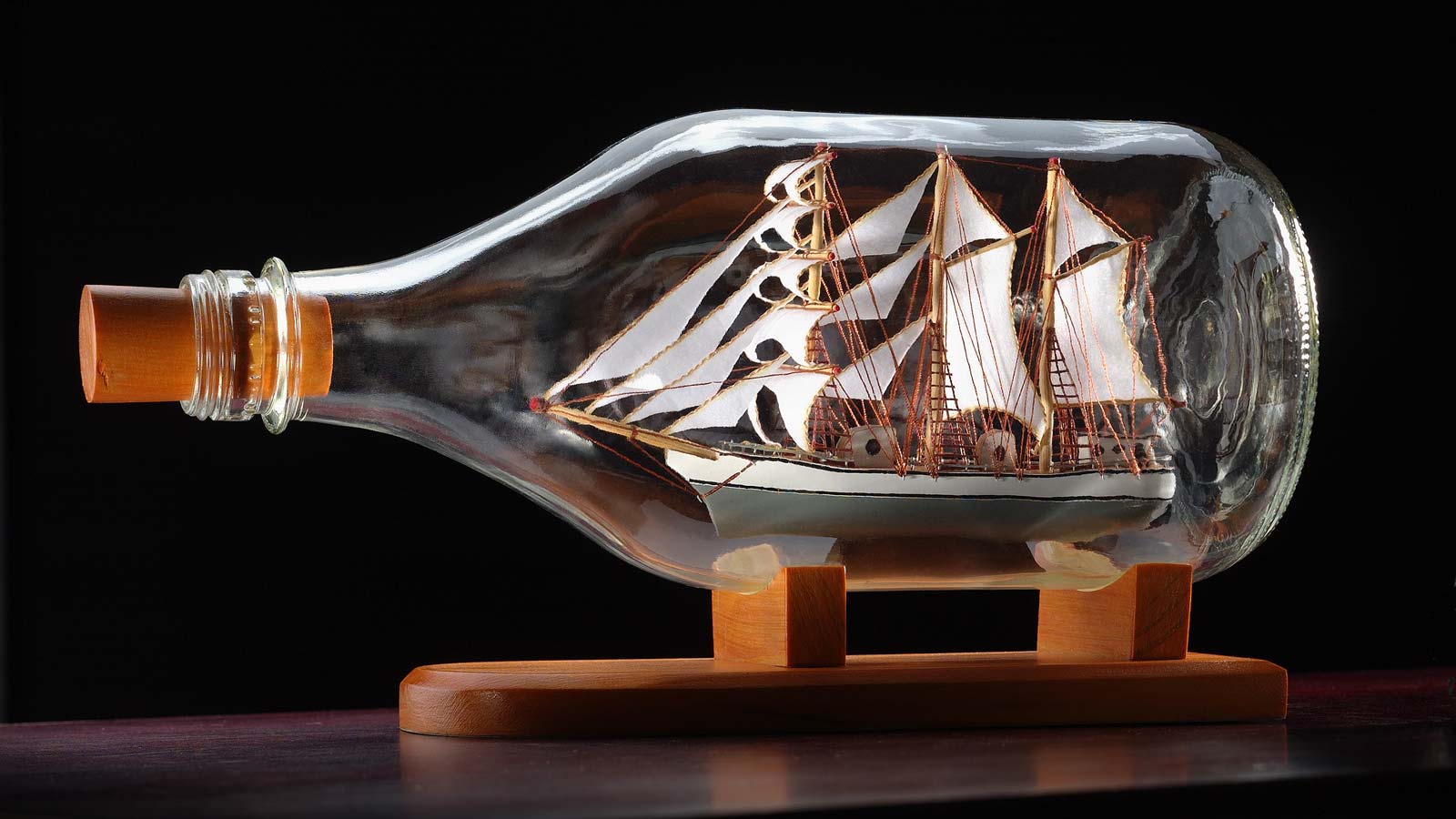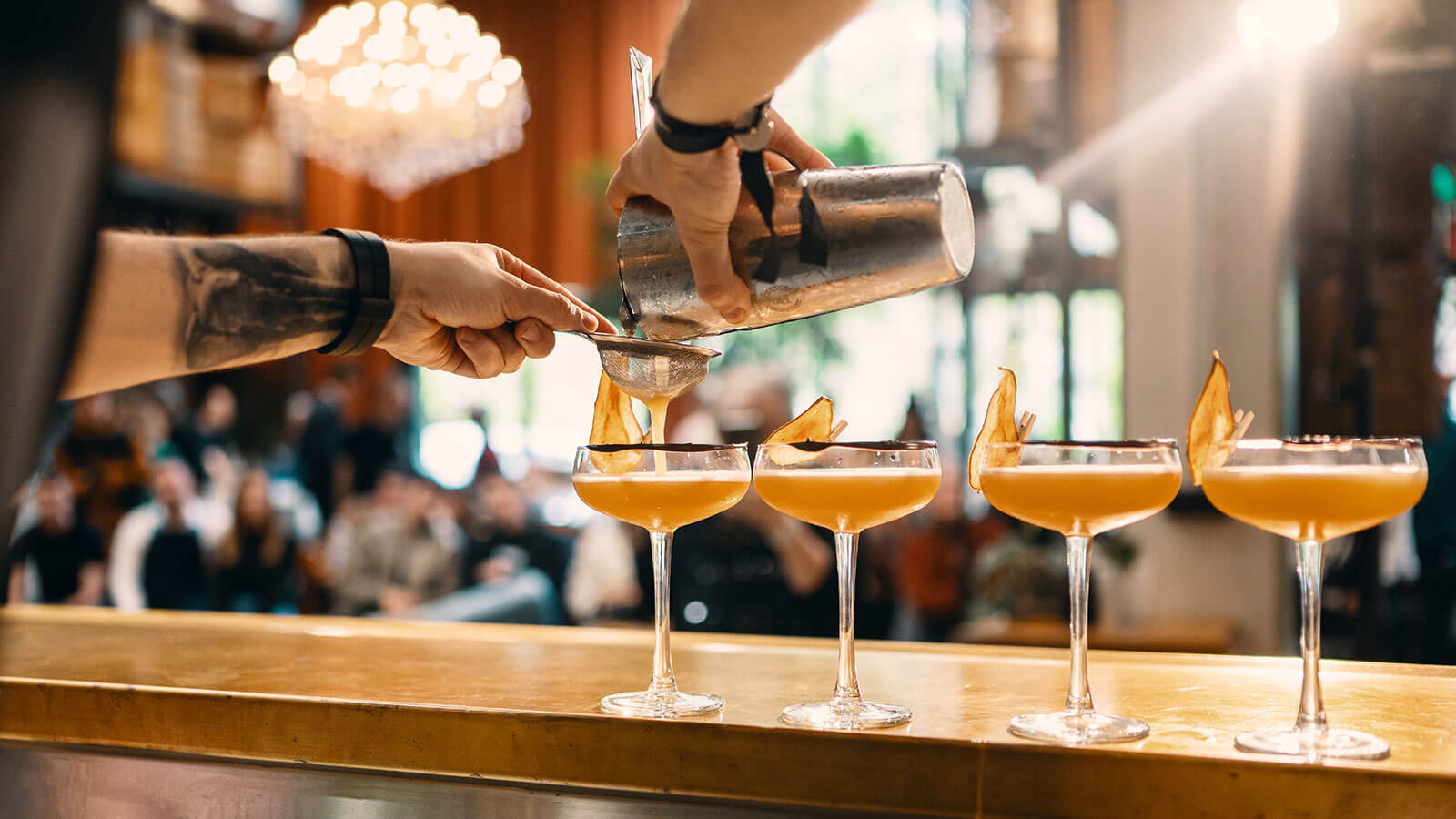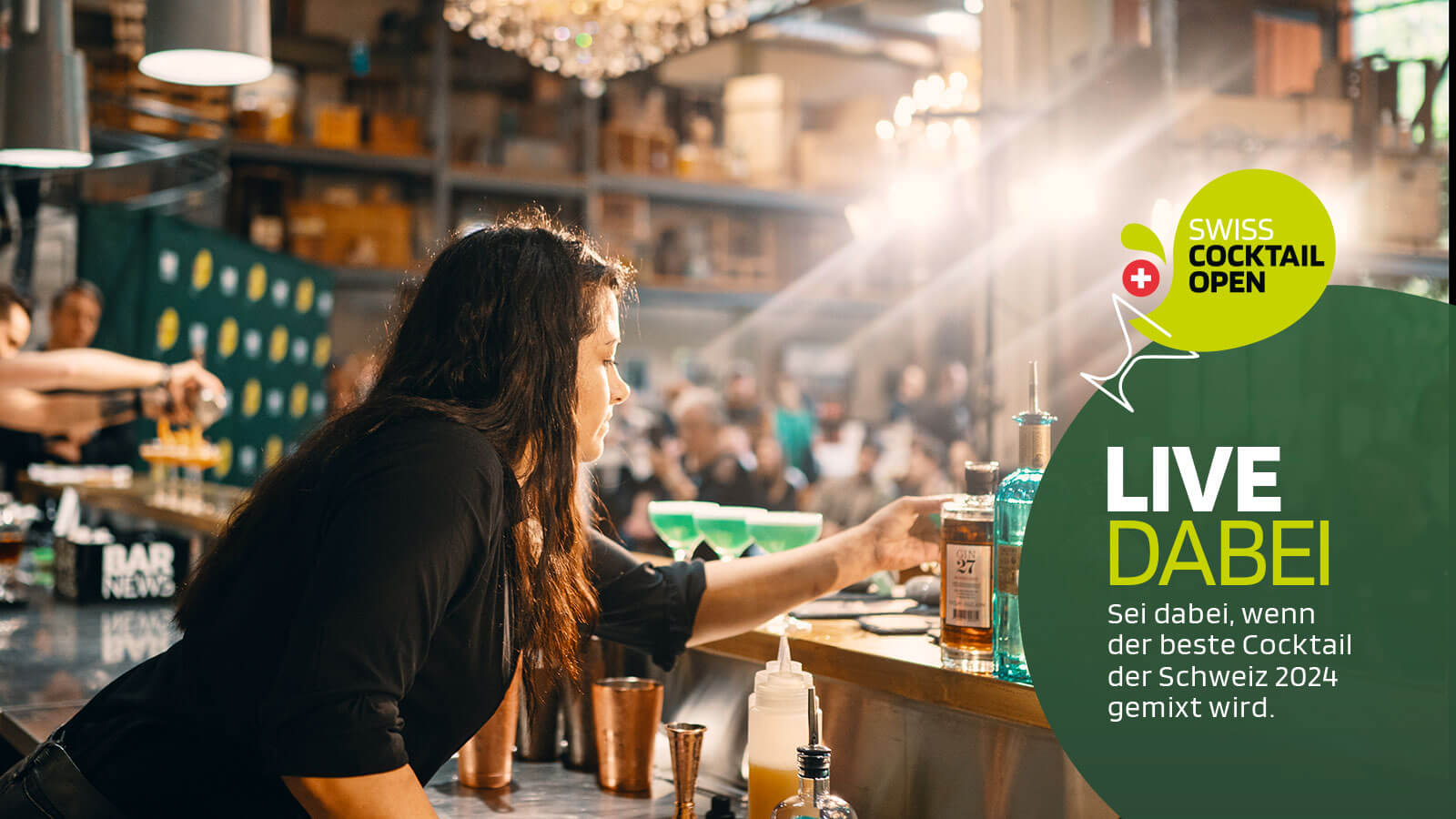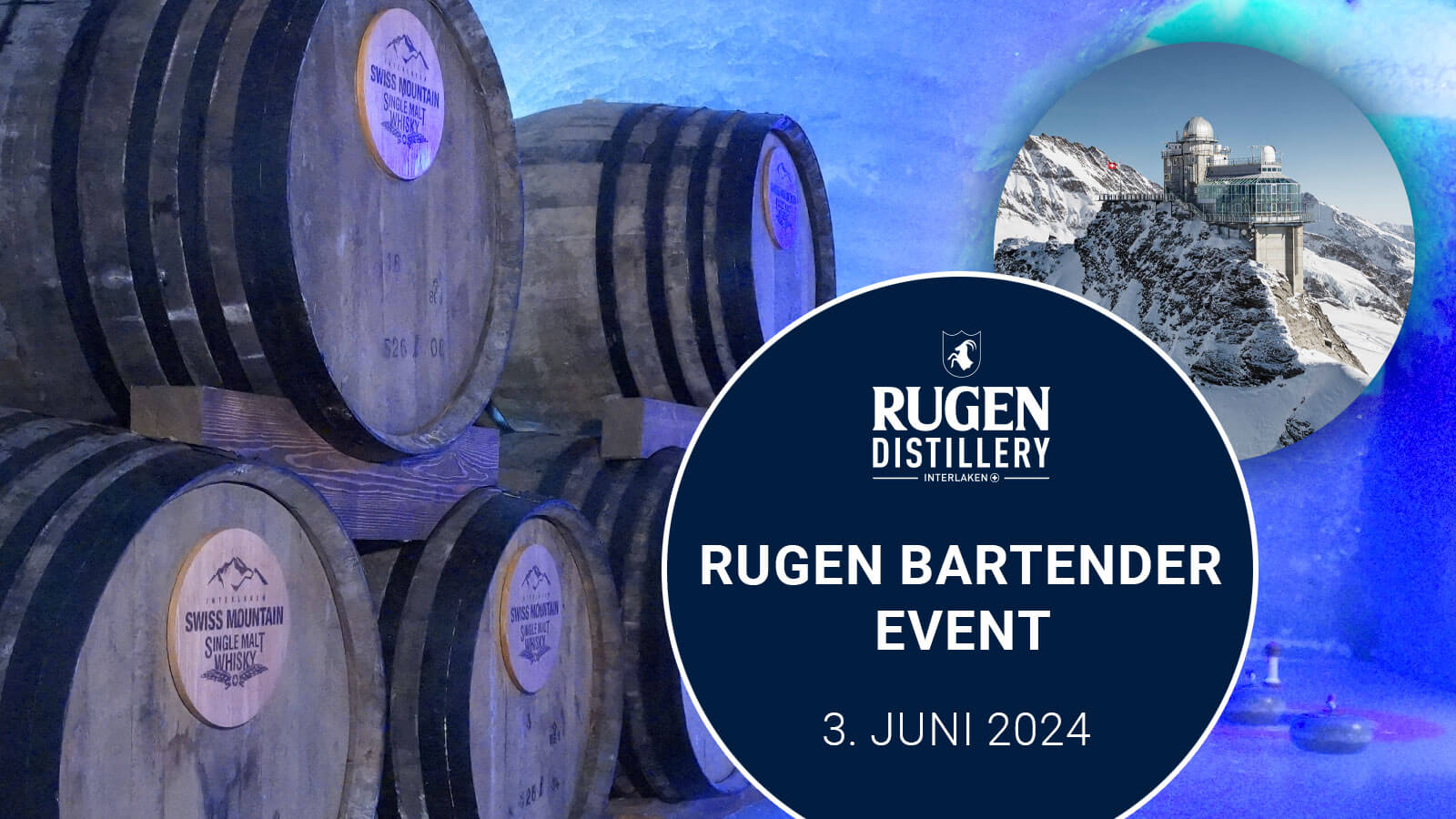Does it have to be like this? This, if I remember correctly, was my exact reaction to the Punk IPA from Brewdog that I had in front of me 10 years ago. At that time, a wheat beer on the bar menu still had a certain exclusivity character.
Quite unlike today, when beer specialities like the IPA are on everyone's lips. There is hardly a brewery with top-fermented beers that doesn't offer at least one interpretation of it. But how did it come about in the first place?
One often hears the following story about the origins of India Pale Ales. The beer style was invented at the beginning of the 19th century by a brewer named Hodgson. His beer was particularly strong and heavily hopped that it survived the long crossing to the Indian colonies.
Stronger hopped beers for hotter months and climates have long been known.
As successful as Hodgson may have been with his beers (not least thanks to the location of his brewery and thanks to generous loans on beer supplies) on the subcontinent, this is not the whole truth.
On the one hand, stronger hopped beers for hotter months and climates had long been known. On the other hand, not only Pale Ales but also other beer styles were leaving the docks of Great Britain.
In addition, for most breweries the local market and North America were much more important than the beer drinkers of India.
In London in particular, the pale, strong and hoppy beers seemed to have struck a chord in the 19th century. Thanks to the expansion of the railway network, the breweries in the port cities were soon able to deliver their beers more cheaply to the capital, where they were then also marketed as India Pale Ale.
Later, however, IPA suffered increasingly from competition from bottom-fermented lager in the export business. In the UK, lighter ales also gained popularity, not least because of the introduction of a beer tax, which meant a price disadvantage for high-alcohol beers like the IPA.
The Comeback of the Century
But the rise of IPAs in recent years can be explained more by the rise of the craft beer and home brew movement in the USA in the second half of the 20th century than by Britain's colonial heritage.
The American brewers, who had often brewed their first batches in their own homes, went in search of old beer categories long forgotten by the masses. For the IPA, they could look to the Ballantine brewery in New Jersey, for example, which still had this beer style on offer.
In these beers, the hops were allowed to come into their own more. The craft beer scene benefited from the fact that research into the development of special, particularly aromatic hop varieties was making great progress. In particular, the new Cascade hops bred in the 1960s were enthusiastically embraced by a new generation of American brewers.
The first IPA of the new era was Liberty Ale, brewed in 1975 exclusively with Cascade hops. But it was not until eight years later that the Yakima Brewing & Malting Company would use the term IPA for the first time in recent beer history for one of its beers (Grant's IPA).
In Europe, the first experiments with this beer style began in the early 2000s. In the UK, Thornbridge Brewery with its Jaipur and Brewdog with its Punk IPA, among others, slowly made the style respectable.
What was still waiting was the taste of the average beer drinker.
In Switzerland, the breweries Trois Dames, Officina della Birra, Brasserie des Franches Montagnes and the Bier Factory were among the first to adopt the beer style, and thanks to them, IPA could be served to a wider audience.
But it would be another few years before the IPA could establish itself in Swiss bars and become the beer style of the craft beer movement.
Because they had the new hop varieties for the aroma, the historical background for the storytelling and the growing craft brewer scene, which was open to experimentation. What was still waiting was the taste of the average beer drinker. Many first had to get used to the fact that beer could also taste "like this".
In the early 2010s, things really took off. More and more breweries were founded and sooner or later even the established breweries realised that it could be worthwhile to bet on the new superstar of the beer world.
Three letters as a selling point
Today, bars and breweries need good arguments not to carry an IPA in their range. But the selection is now so large that it is easy to lose track. At the same time, new sub-categories have emerged and with them a jumble of initial words that makes things challenging even for those interested in beer.
DIPA or TIPA, for example, stands for double or triple IPAs, which have a higher alcohol content. Session IPAs with an alcohol content of only about 4% by volume go in the opposite direction.
The selection is now so large that it is easy to lose track.
West Coast or East Coast IPA refer to the beer styles within the USA, with the New England IPA in particular gaining a growing following over here and over there in recent years. This is a naturally cloudy (hazy), strongly hopped, but at the same time less bitter IPA.
In Red, Amber or Black IPAs, the malt plays a more important role, in White or Rye IPAs the grain variety. In Single Hop or Green Hop IPAs, which are often supplemented with the corresponding hop varieties, the hops take centre stage. Other varieties of IPA are alcohol-free IPAs or IPAs with a hint of acidity.
Some breweries no longer speak of India Pale Ale but of India Pale Lager (IPL) when they subject bottom-fermented beers to dry hopping (hop plugging). This method is standard for IPAs and gives it its characteristically intense hop aroma.




